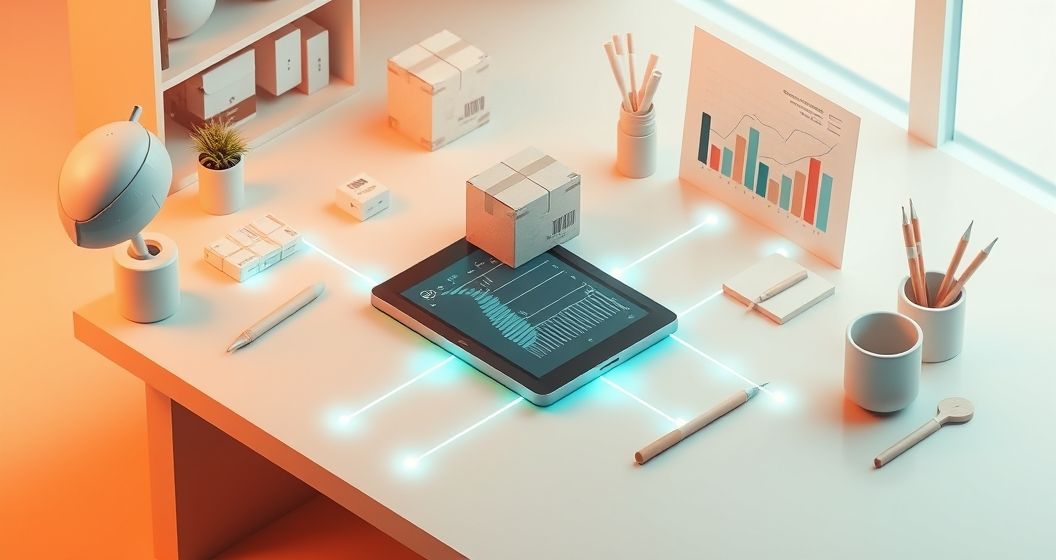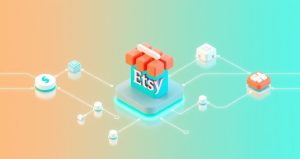Running a successful Etsy shop requires managing numerous tasks, from product creation and listing to marketing, shipping, and customer service. As your business grows, handling these responsibilities manually can become overwhelming and limit your potential. This is where Etsy integrations become essential. By connecting your shop with specialized third-party applications, you can automate repetitive tasks, streamline your workflow, and gain valuable insights. This guide explores the most impactful Etsy integrations to help you save time and scale your business effectively.
What Exactly Are Etsy Integrations?
Etsy integrations are software connections that allow your Etsy shop to communicate and share data with other platforms and tools. This is made possible through Etsy’s Application Programming Interface (API), which acts as a secure bridge between your store and external services. For example, instead of manually copying and pasting customer shipping details into a postal service website, an integration can automatically pull that information, saving you time and reducing the risk of errors. These tools help manage nearly every aspect of your e-commerce business.
Top Etsy Integrations to Streamline Your Business
The world of Etsy integrations is vast, with solutions designed for different needs. Understanding the main categories can help you identify which tools will provide the most value for your specific shop. Focusing on key areas like production, fulfillment, and finance is an excellent starting point for any seller looking to optimize their operations. These integrations are designed to handle the heavy lifting, freeing you up to focus on creativity and growth.
1. Print-on-Demand (POD) Integrations
For artists, designers, and creators, Print-on-Demand (POD) services are a game-changer. Integrations with platforms like Printful or Printify allow you to sell custom products like t-shirts, mugs, and posters without holding any physical inventory. When a customer places an order on your Etsy shop, the details are automatically sent to your POD partner. They then print, package, and ship the product directly to your customer under your brand, making it a completely hands-off fulfillment process for you.
2. Shipping and Fulfillment Integrations
Shipping is often one of the most time-consuming tasks for an Etsy seller. Shipping integrations, such as ShipStation or Pirate Ship, can drastically simplify this process. These platforms sync with your Etsy shop to import all your open orders into a single dashboard. From there, you can compare carrier rates, purchase and print shipping labels in bulk, and automatically send tracking information back to Etsy and your customers. This automation is critical for maintaining efficiency as your order volume increases.
3. Accounting and Bookkeeping Integrations
Keeping your finances in order is crucial for long-term success. Accounting integrations with software like QuickBooks or GoDaddy Bookkeeping automate the tedious process of financial tracking. These tools can import your Etsy sales data, fees, and expenses directly into your accounting software. This provides a clear, real-time overview of your shop’s financial health, simplifies tax preparation, and helps you make informed decisions about pricing, marketing spend, and profitability without manual data entry.
4. Marketing and Social Media Integrations
Promoting your products is key to driving traffic and sales. Marketing integrations connect your Etsy shop to social media platforms and email marketing services. Tools are available that can automatically share your new listings on platforms like Pinterest or Twitter, saving you the effort of manual posting. Other integrations can add your Etsy customers to an email list, allowing you to build relationships and announce new products or sales directly to an engaged audience, fostering repeat business and brand loyalty.
5. Inventory Management Integrations
If you sell on multiple channels, such as Etsy, your own website, and at local markets, inventory management can quickly become complex. Inventory management integrations provide a centralized system for tracking your stock levels across all sales channels. When an item sells on Etsy, the software automatically updates the stock count on your other platforms to prevent overselling. This is essential for maintaining a professional reputation and ensuring a positive customer experience across your entire brand presence.
Etsy and Shopify Integration: A Strategic Approach
A common and powerful strategy for established sellers is to integrate Etsy with a standalone e-commerce platform like Shopify. This approach allows you to leverage the best of both worlds: Etsy’s massive built-in marketplace traffic and Shopify’s robust branding and customization capabilities. By using a connector app, you can sync your product listings, inventory, and orders between both platforms. This creates a seamless multi-channel sales strategy, where Etsy acts as a customer acquisition channel while your Shopify store serves as your central brand hub.
Evaluating the Cost and ROI of Integrations
While many Etsy integrations offer free plans, the most powerful features often come with a monthly subscription fee, typically ranging from $10 to $50 or more depending on the service and your usage volume. Before committing, it is vital to evaluate the Return on Investment (ROI). Consider how much time a specific tool will save you. If an accounting integration costs $25 per month but saves you four hours of manual bookkeeping, you are effectively “buying” back your time at a very low rate, allowing you to focus on revenue-generating activities instead.
Making the Right Choice for Your Etsy Shop
Ultimately, Etsy integrations are strategic assets that empower you to run a more efficient, scalable, and profitable business. The best tools for your shop will depend entirely on your unique products, business model, and biggest challenges. By carefully analyzing your daily workflow and identifying the most time-consuming bottlenecks, you can select the right integrations to automate tasks, reduce errors, and reclaim valuable time. This strategic investment in technology will support your shop’s growth and long-term success in a competitive marketplace.






